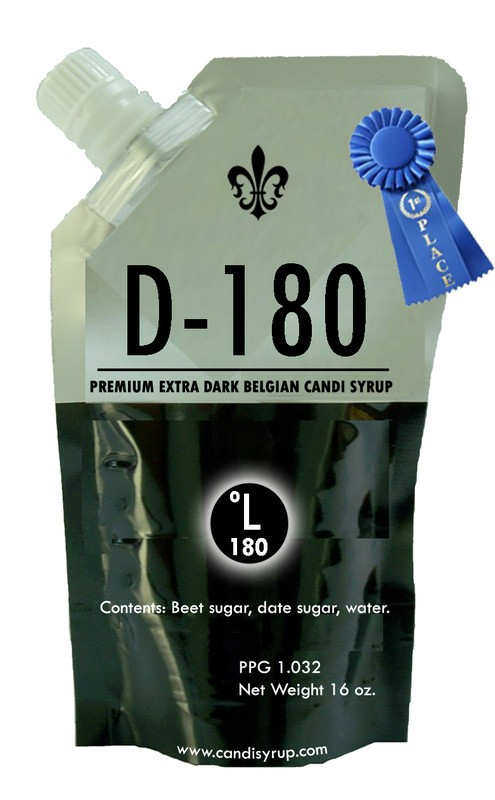Mothman
Well-Known Member
How much will this last in the fridge? Or out of it? No idea how to store it, I will be doing this the day before brewday as I already do an step mash and I'm planning on adding a decoction to raise to mash out so I don't want to add one more step to brewday.
Will this last overnight?
Just keep in mind that if you do store it in the fridge, it might be a little hard to work with, as it will thicken more. Or , like in my case, on my first attempt I over cooked it, and after being in the fridge, it turned hard, like fudge.
I softened it by putting the jar in a pot of hot water and stirring occasionally, still turned out delicious.
I used the left over of that "fudge" as a coffee sweetener/flavouring. It was awesome. lol
























































![Craft A Brew - Safale BE-256 Yeast - Fermentis - Belgian Ale Dry Yeast - For Belgian & Strong Ales - Ingredients for Home Brewing - Beer Making Supplies - [3 Pack]](https://m.media-amazon.com/images/I/51bcKEwQmWL._SL500_.jpg)








